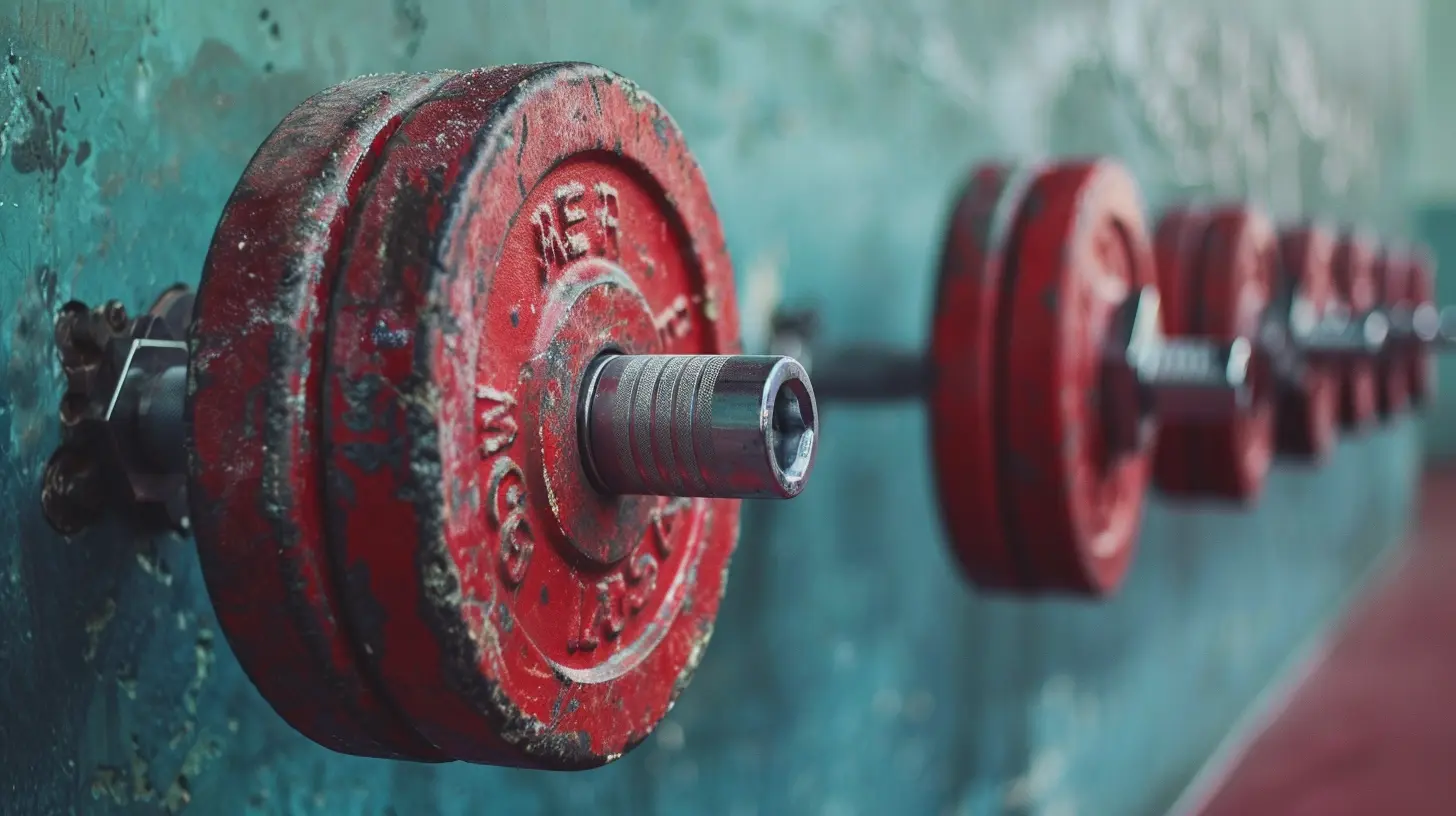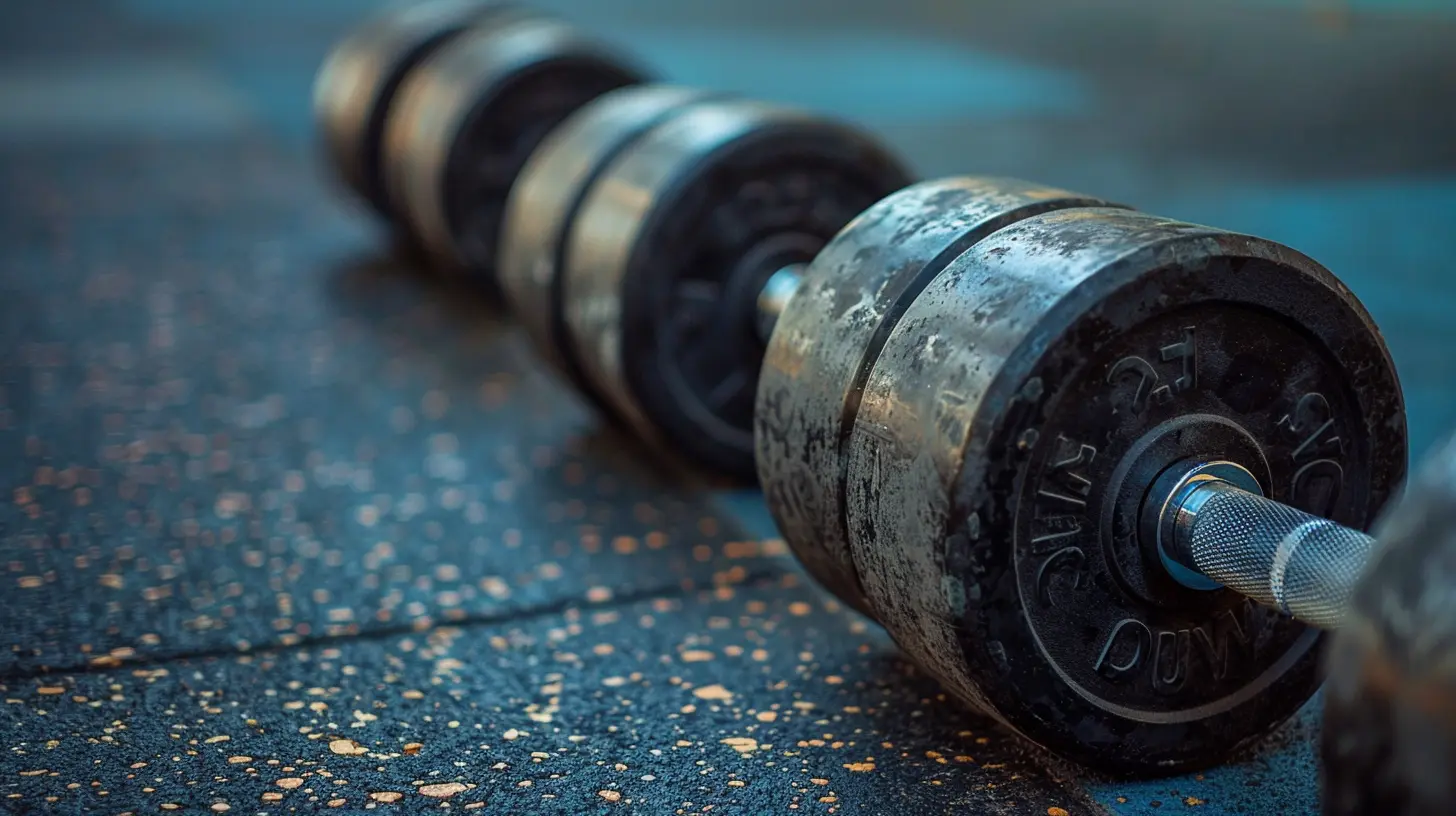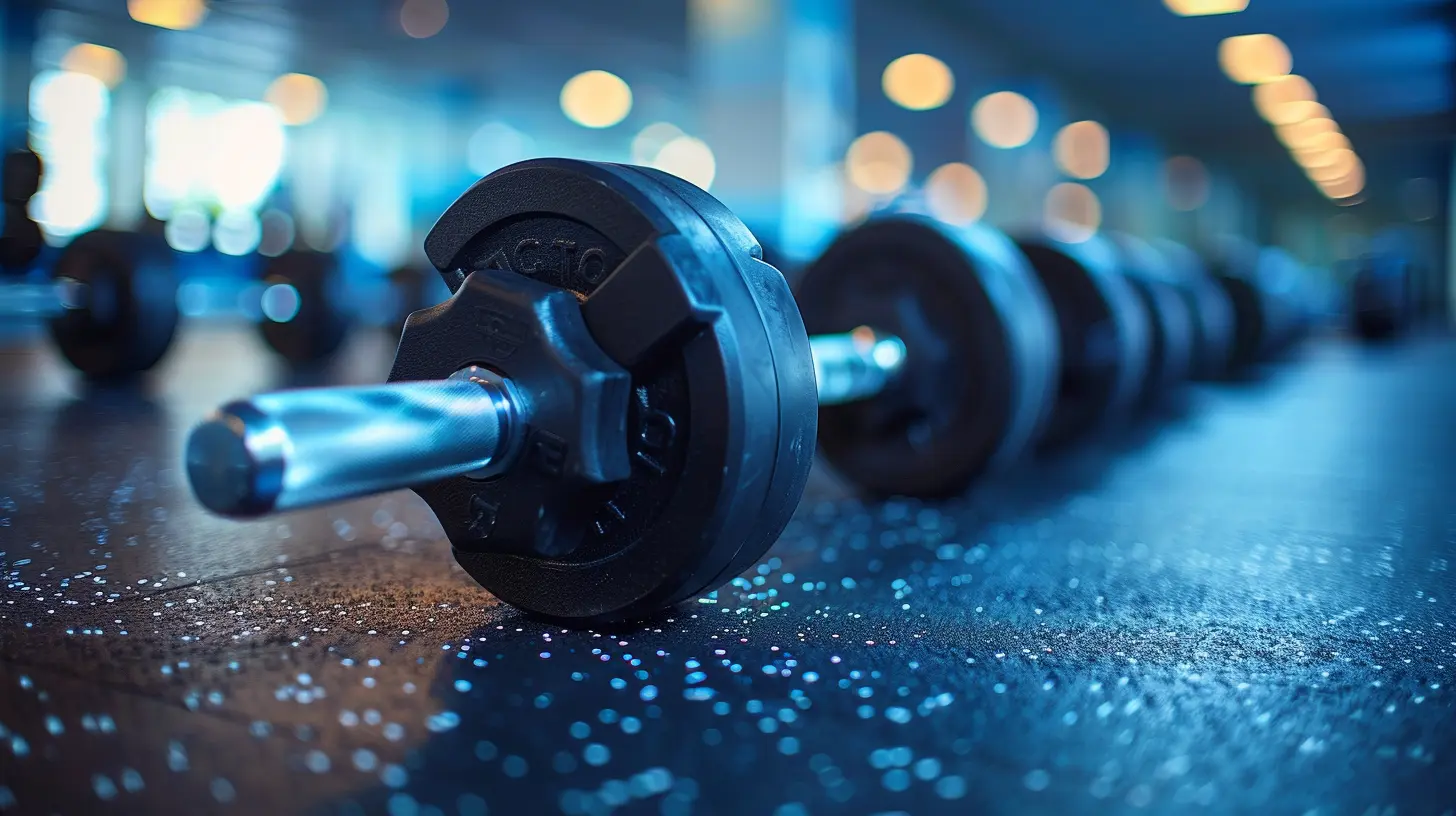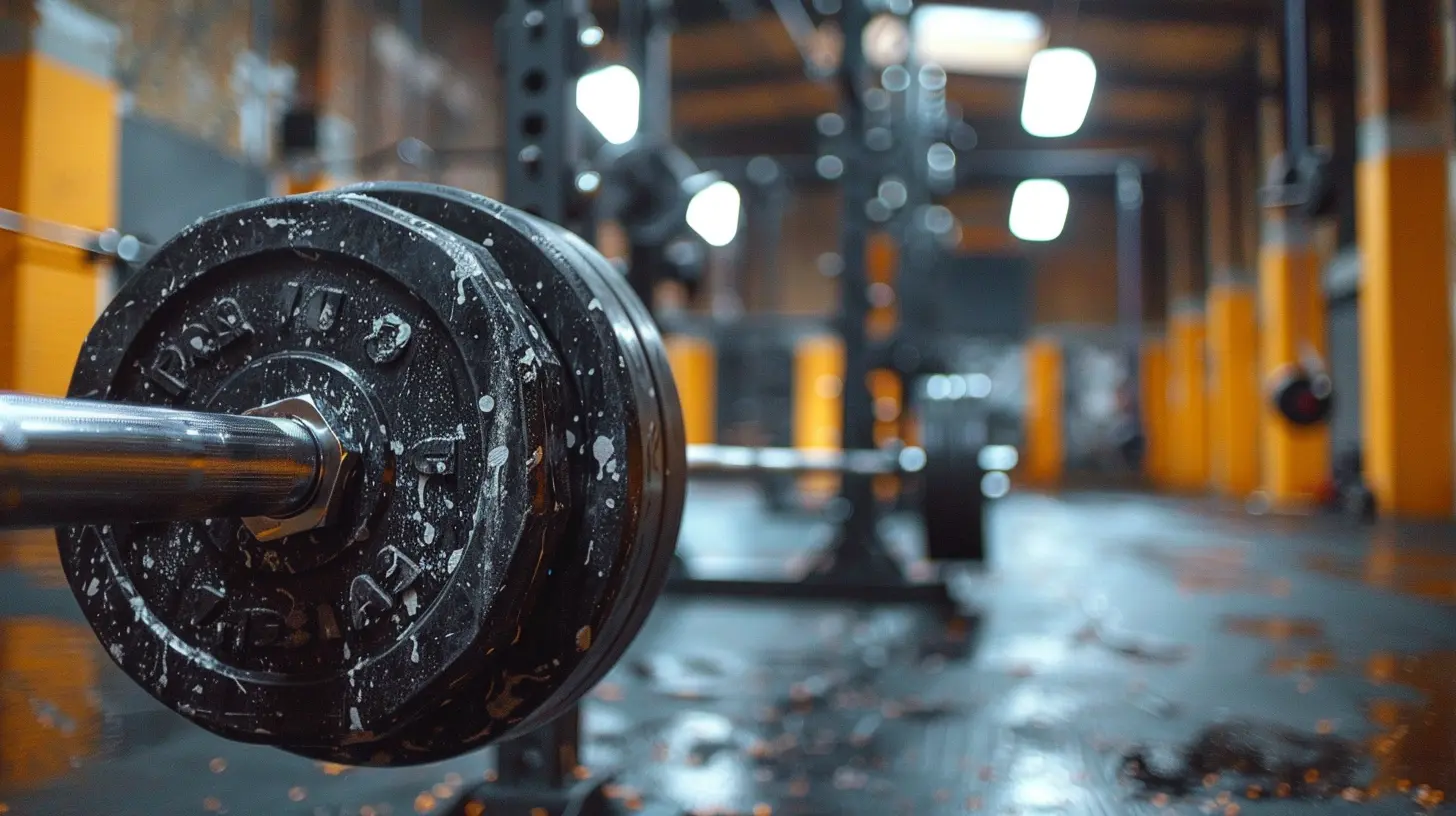Train Like an Athlete: Sport-Specific Fitness Routines for Every Sport
28 August 2025
Ever wonder how pro athletes seem to move like superheroes? Whether it's sprinting down a soccer field, smashing a tennis serve, or gliding through water like a dolphin, they make it look effortless. But let’s be real—it’s not magic. It’s training. And not just any training. We're talking about sport-specific fitness routines.
If you're looking to level up your performance, stay injury-free, or simply move better in your favorite sport, you're in the right spot. Let’s break down what it means to train like an athlete and how you can tailor your workouts based on your sport.
Why Sport-Specific Training Matters
Here’s the deal: not all workouts are created equal. Lifting weights is great. Running is great. But if you're a basketball player spending 90% of your time doing bodybuilding-style curls, you’re probably missing the mark.Sport-specific training is all about mimicking the movements and energy systems used in your sport. The goal? To move more efficiently, build endurance where it counts, and develop the exact muscle groups and skills you need on the field or court.
Think of it like tuning your car for a race. You wouldn’t use the same tires for a drag race that you’d use for off-roading, right?
Core Components of Sport-Specific Fitness
Before we dive into routines by sport, let's quickly touch on the pillars most athletes train:- Strength – But not just brute force. Think explosive power.
- Speed & Agility – Quick changes in direction, burst sprints.
- Endurance – Both muscular and cardiovascular.
- Flexibility & Mobility – Move free, reduce injuries.
- Skill & Coordination – Practicing actual sport movements.
- Recovery – Don’t skip this. Recovery is training too.
Alright, let’s jump into routines based on the sport you're passionate about.
1. Soccer (Football): Endurance, Agility & Leg Power
Soccer’s a game of constant movement. You need to sprint, jog, cut sharply, and still have gas left in the tank for the last 10 minutes.Key Focus Areas:
- Cardiovascular endurance- Lower-body strength
- Core stability
- Foot coordination and balance
Sample Weekly Routine:
| Day | Workout Focus ||-----|----------------|
| Monday | HIIT Sprints + Agility Ladder Drills |
| Tuesday | Lower Body Strength (Squats, Deadlifts, Lunges) |
| Wednesday | Active Recovery or Light Jog |
| Thursday | Plyometrics (Box jumps, Bounding) + Core |
| Friday | Skill Work (Dribbling, Passing under fatigue) |
| Saturday | Game or Scrimmage |
| Sunday | Mobility & Foam Rolling |
🔥 Tip: Add resistance bands for side-step drills to strengthen your hip abductors and prevent knee injuries.
2. Basketball: Explosiveness, Vertical Jump & Court Awareness
Basketball is all about short bursts, vertical jumps, and fast transitions. You need nimble feet and explosive power.Key Focus Areas:
- Jump training- Upper and lower body power
- Hand-eye coordination
- Fast-twitch muscle development
Sample Workout Plan:
- Dynamic Warm-up (Butt kicks, high knees, karaokes)- Resistance Training (Power cleans, Bulgarian split squats)
- Plyometrics (Depth jumps, Broad jumps)
- Agility Drills (Cone cuts, zig-zag runs)
- Cool Down (Hamstring & hip stretches)
🏀 Tip: Don’t forget core workouts like Russian twists and planks—your core is your control center!
3. Tennis: Reaction Time, Core Strength & Lateral Speed
Tennis is explosive and quick. It’s not just about power—it's about precision and speed from multiple angles.Key Focus Areas:
- Lateral movement- Core oblique engagement
- Shoulder stability
- Grip strength
Ideal Exercises:
- Lateral Bounds: Jump side to side to simulate court movement.- Medicine Ball Rotational Slams: Mimic the twist of a forehand/backhand.
- Farmer’s Carries: Build grip and upper body endurance.
- Shoulder Mobility Work: Use resistance bands and light dumbbells.
🎾 Tip: Practice shadow swings with light resistance to improve form and endurance.
4. Swimming: Total Body Strength & Fluid Mobility
Swimming is a unique beast. It’s about smooth, powerful motion and stamina. Your muscles need strength without bulk.Key Focus Areas:
- Shoulder endurance- Core stabilization
- Hip mobility
- Breath control
Dryland Training Example:
- Planks and flutter kicks (core)- Resistance band pulls (simulate swim strokes)
- Yoga or dynamic stretching routines
- High-rep circuit strength training (low weight, high volume)
🏊♂️ Tip: Box breathing (inhale 4 seconds, hold 4, exhale 4, hold 4) helps with lung capacity and calm under pressure.
5. American Football: Power, Sprint Speed & Impact Resistance
Football is about short, explosive efforts with maximum force—and then repeat. Depending on your position, the training varies, but raw power is key.Key Focus Areas:
- Explosiveness- Functional strength
- Acceleration
- Injury prevention (neck, shoulders, knees)
Routine Breakdown:
- Olympic Lifts: Power cleans, snatches (for burst)- Sled Pushes/Pulls: Train for drive and resilience
- Sprint Intervals: 10-40 yards with rest
- Neck and Shoulder Conditioning: Shrugs, neck bridges
🏈 Tip: Use resistance bands while sprinting to build explosive start power.
6. Baseball: Core Rotation, Coordination & Shoulder Health
Baseball involves brief, intense movements—swinging, pitching, sprinting bases. Shoulders and hips do most of the heavy lifting.Key Focus Areas:
- Rotational strength- Throwing mechanics
- Grip and wrist strength
- Hamstring flexibility
Training Moves:
- Cable Woodchoppers: Build core rotation strength- Single-Leg Romanian Deadlifts: Balance + hamstring development
- Forearm Roller Exercises: Improve grip
- Shoulder Stability Drills: External rotator band work
⚾ Tip: Incorporate yoga or Pilates 2x a week to stay limber and prevent overuse injuries.
7. MMA/Fighting Sports: Full-Body Power, Conditioning & Mobility
Fighters are among the most well-rounded athletes. You need strength, endurance, flexibility, and mental focus—all in one.Key Focus Areas:
- Muscular endurance- Core strength
- Grip and wrist control
- Explosive power and mobility
Weekly Split Example:
- Monday: Strength Training (Compound lifts)- Tuesday: Conditioning (Assault bike intervals, jump rope)
- Wednesday: Grappling or Sparring
- Thursday: Core + Movement drills (animal flow, planks)
- Friday: Mobility + Active Recovery
- Saturday: Skill technique
- Sunday: Full rest
🥋 Tip: Use battle ropes for both conditioning and shoulder endurance.
8. Track & Field (Sprints): Speed Development & Leg Strength
Track stars live for milliseconds and perfect form. Training here is about refining the mechanics of speed.Key Focus Areas:
- Sprint mechanics- Glute and hamstring strength
- Ankle mobility
- Plyometrics
Must-Do Exercises:
- Sled Sprints: Train explosive starts- Trap Bar Deadlifts: Glute and hamstring power
- Bounding Drills: Lengthen stride
- Sprint Drills: A-skips, B-skips, straight leg bounds
🏃♀️ Tip: Film your sprints to check form—small changes in posture can lead to big speed gains.
Importance of Recovery and Nutrition
Training like an athlete doesn’t just include hitting the gym. You’ve got to fuel your body and give it the downtime it needs to rebuild.Recovery Checklist:
- ✅ Sleep 7–9 hours- ✅ Hydrate like it's your job
- ✅ Use foam rollers and massage guns
- ✅ Prioritize stretching and mobility
Nutrition Basics:
- Carbs = Fuel (especially pre-workout)- Protein = Recovery (after training)
- Healthy fats = Joint support and energy
- Don’t skip meals—think of food as training equipment
🥗 Tip: Want easy energy? Blend up a smoothie with spinach, banana, Greek yogurt, almond butter, and a scoop of protein powder.
Final Thoughts: Training Smart > Training Hard
You don’t have to be a pro athlete to train like one. The trick is training smart—targeting your workouts to actually help you in your sport. That means understanding your body, tailoring your exercises, and giving as much love to rest as you do to hustle.So, whether you’re lacing up cleats, goggles, or sneakers, remember: your body is your most important piece of equipment. Train it right, and it’ll take you further than you ever thought.
Ready to train like an athlete? Your body’s waiting.
all images in this post were generated using AI tools
Category:
Fitness RoutinesAuthor:

Arthur McKeever
Discussion
rate this article
1 comments
Harrison McGinnis
Great article! I love how you break down sport-specific routines. Tailoring workouts to fit different sports not only boosts performance but also keeps training fun and engaging. Can't wait to try some of these routines—let's train like champions! 💪🏅
September 2, 2025 at 3:50 AM

Arthur McKeever
Thank you! I'm glad you enjoyed it and found the routines engaging. Let’s train hard and unleash our inner champions! 💪🏅


